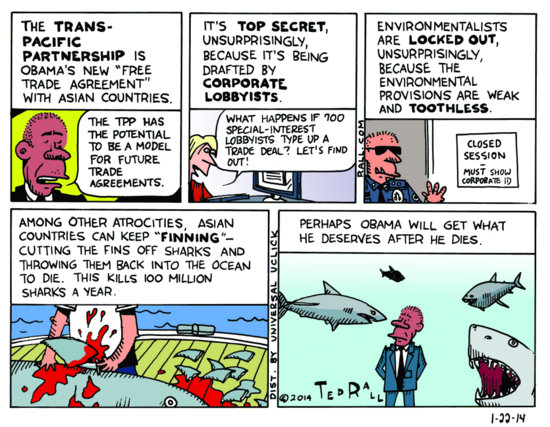Housing credits leverage private investment, create jobs, bring in revenue for local and state economies and do not impact local or state budgets
Chicago - Nearly 700 affordable rental apartments will be built or preserved across Illinois thanks to Housing Credit allocations approved by the Illinois Housing Development Authority (IHDA) on Friday, June 27.
The Housing Credit is the most successful federal affordable housing program in our nation's history, producing and preserving close to 100,000 affordable rental homes annually through public-private partnerships. It creates quality affordable housing for working families and people with special needs (such as the elderly, the disabled, veterans and the homeless) in urban, suburban and rural communities throughout the country.
Since its creation in the Tax Reform Act of 1986, the Housing Credit has enabled IHDA to provide a critical financing tool for the development of 80,000 units and created an estimated 80,000 jobs in Illinois. Since Governor Pat Quinn took office, 16,450 units have been built and an estimated 16,000 jobs have been generated across the state thanks to the Housing Credit program.
"Governor Pat Quinn is dedicated to leveraging public-private partnerships to meet the affordable housing needs of working families, seniors and people with disabilities," IHDA Executive Director Mary R. Kenney said. "Our communities improve as a whole when low- to moderate-income residents have options for affordable housing, and these new developments will create quality full-time jobs that keep our economy moving."
The Housing Credit contributes more to the creation of housing than any other federal housing resource. Housing Credits generate private investment in affordable housing when the credits are sold to private investors. The equity generated reduces the debt that the developer would otherwise have to borrow, and as a result, a property can offer lower rents. The Housing Credit serves those whose income is 60 percent or less of the area median income (AMI) or $30,420 for a one-person household in the Chicago metropolitan area and $29,280 for a one-person household in the Springfield area. However, the Housing Credit exceeds this requirement by assisting households well below that limit.
Private investors, not the Federal Government or the taxpayer, bear the risk. Housing Credit properties perform well and have an extraordinarily low foreclosure rate of only 0.62 percent over the history of the program.
The Tax Credit allocations approved on Friday will generate an estimated $89 million in private equity to support 13 developments and more than 1,400 jobs across Illinois. Demonstrating the State of Illinois' dedication to improving the quality of life for people with disabilities or special needs, nearly one-half of the total units will be supportive housing, providing more options that enable residents to live independently in the community of their choice.
Developments approved for financing include an innovative renovation of a former nursing home and the replacement of foreclosed single family properties with new two, three and four bedroom homes for working families.
A complete list of the developments approved for Housing Credits is below. For more details, visit www.ihda.org/developer/
-
Humboldt House (Chicago)
-
Reclaiming Southwest Chicago (Chicago)
-
Axley Place (Glenview)
-
Phil Haven (Wheeling)
-
Mundelein Apartments (Mundelein)
-
Woodridge Horizon Senior Living Community (Woodridge)
-
Macoupin Homes (Staunton, Gillespie & Bunker Hill)
-
St. James Place (Pontiac)
-
Morton Senior Residences (Morton)
-
Diamond Senior Apartments of Princeton (Princeton)
-
The Villas at Vinegar Hill (Springfield)
-
The Landings at Belle Meadows (Alton)
-
Vermilion Disability SLF (Peoria)
About the Illinois Housing Development Authority
IHDA (www.ihda.org) is a self-supporting state agency that finances the creation and the preservation of affordable housing across Illinois. Since its creation in 1967, IHDA has allocated $12.4 billion and financed approximately 240,000 affordable housing units for residents of Illinois.
###









